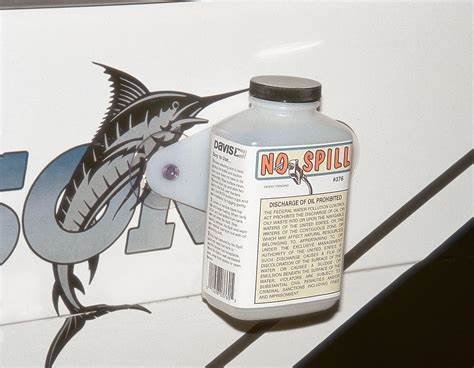z1nonlyone
Veteran Member
- Joined
- Oct 16, 2018
- Messages
- 39
- Location
- United States
- Vessel Name
- Lucky Us
- Vessel Make
- Kadey Krogen 39
Hey I am wondering how full should diesel tanks be filled on your trawler? I have a Kadey krogen 39 with two 350 gallon tanks that I just filled after 2 years of ownership. I filled them within 2 inches of the top, but then began to wonder if I should have left more airspace at the top..... My thoughts range from fuel expansion to stress on the tanks to sloshing out the vent in a rough sea.. Just trying to get different opinions.
chris
chris

